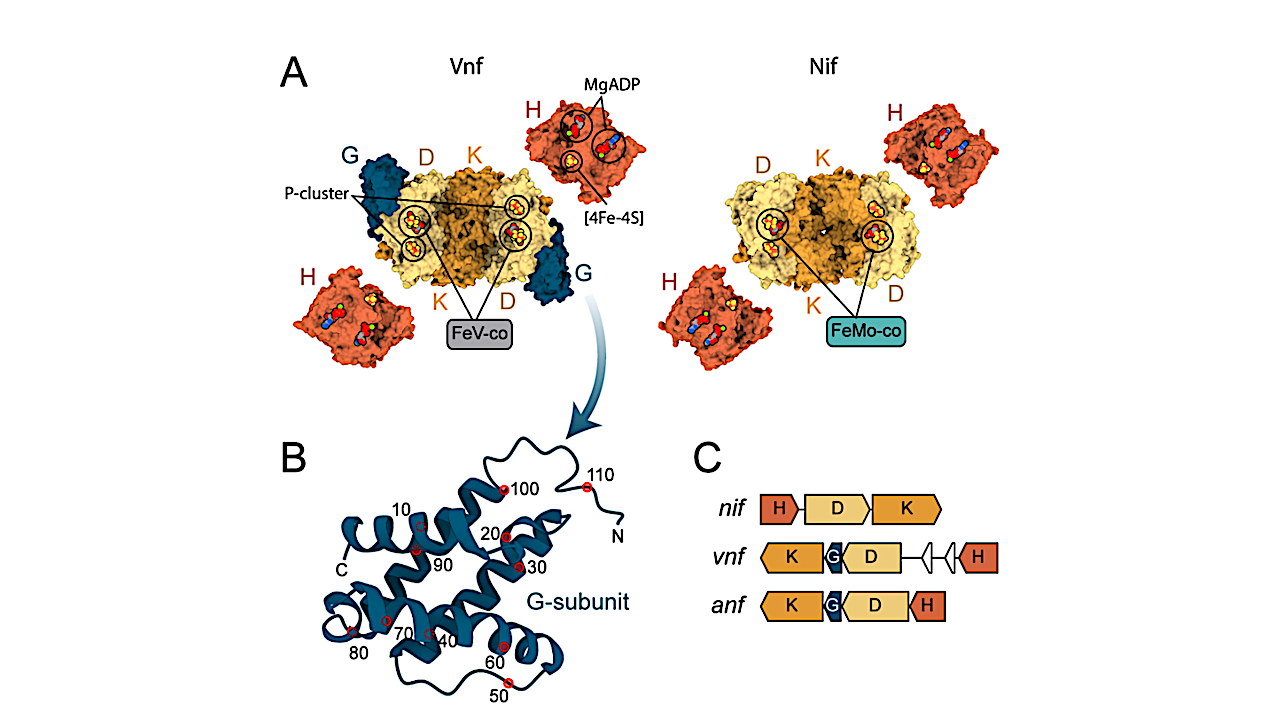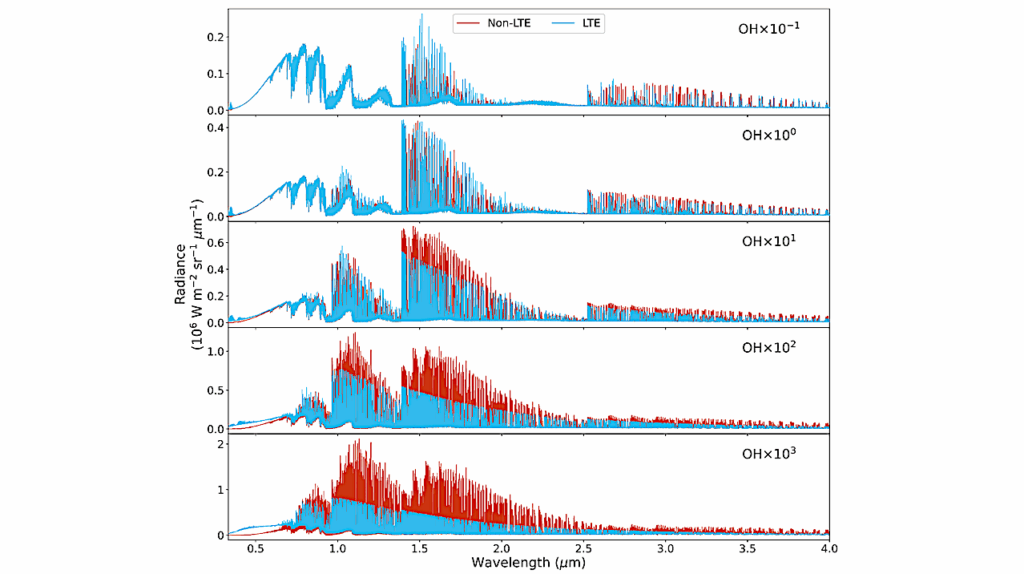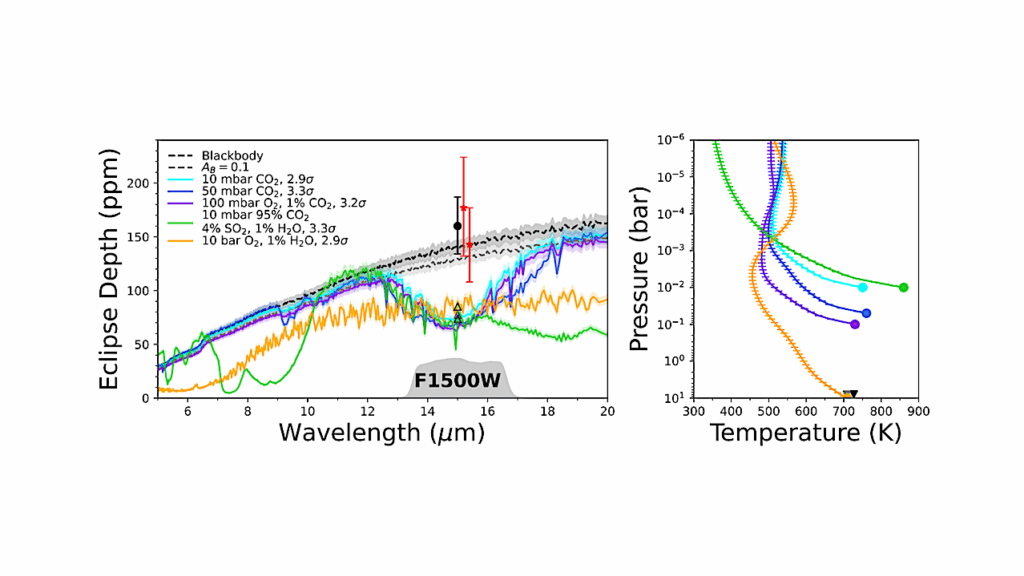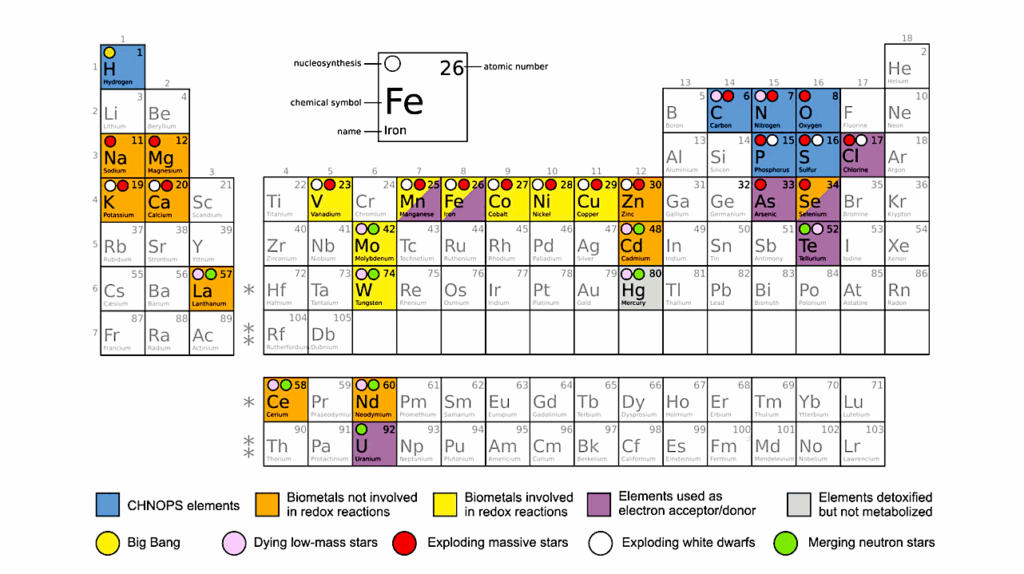An Orphan Protein Drove The Ecological Expansion Of Nitrogen Fixation

Nitrogenases have catalyzed biological nitrogen fixation for billions of years and revolutionized planet Earth by supplying essential nitrogen to the biosphere.
How these molecular machines were built and distributed by microbial processes and a shifting geochemical landscape remains an open question.
Here, we probe the birth and functional evolution of the G-subunit, an integral, Precambrian component of certain nitrogenases that makes its appearance midway through the history of nitrogen fixation. Our results establish the G-subunit as an unprecedented molecular novelty that was integrated into preexisting interaction pathways for nitrogenase metallocluster incorporation.
In the wake of Earth oxygenation, the G-subunit primed nitrogenases and their microbial hosts to exploit newly diversified geochemical environments. The history of the nitrogenase G-subunit showcases the elaborate tango between contingent evolutionary events and environmental conditions that together open an adaptive frontier for molecular innovations with global consequences.
Bruno Cuevas Zuviria, Amanda K. Garcia, Brooke Carruthers, Betul Kacar
https://www.biorxiv.org/content/10.1101/2023.04.03.535378v1
Astrobiology








